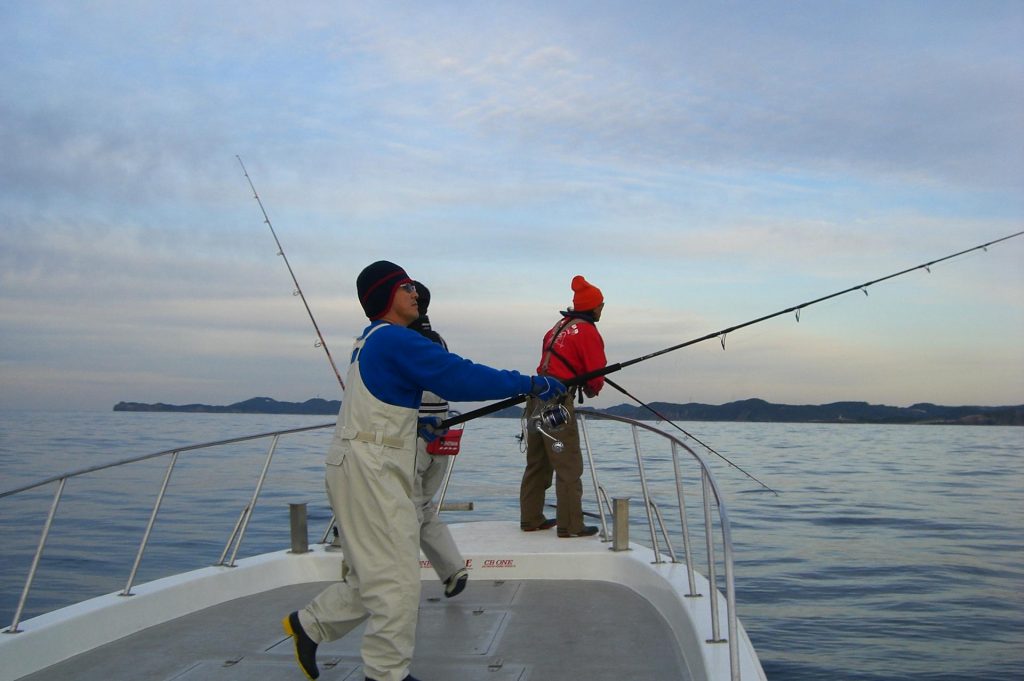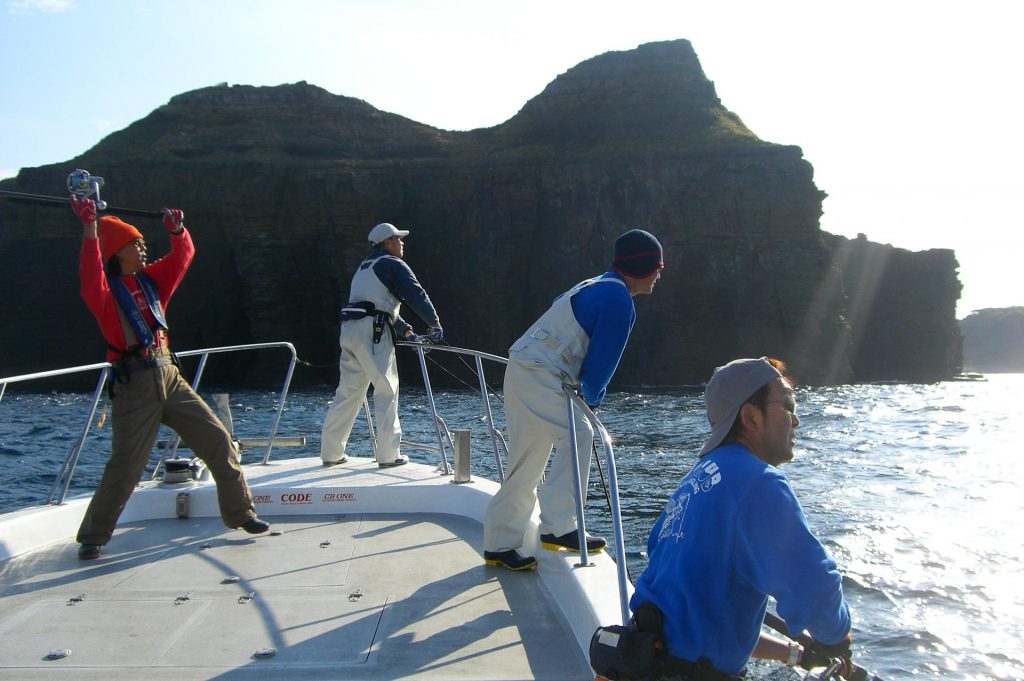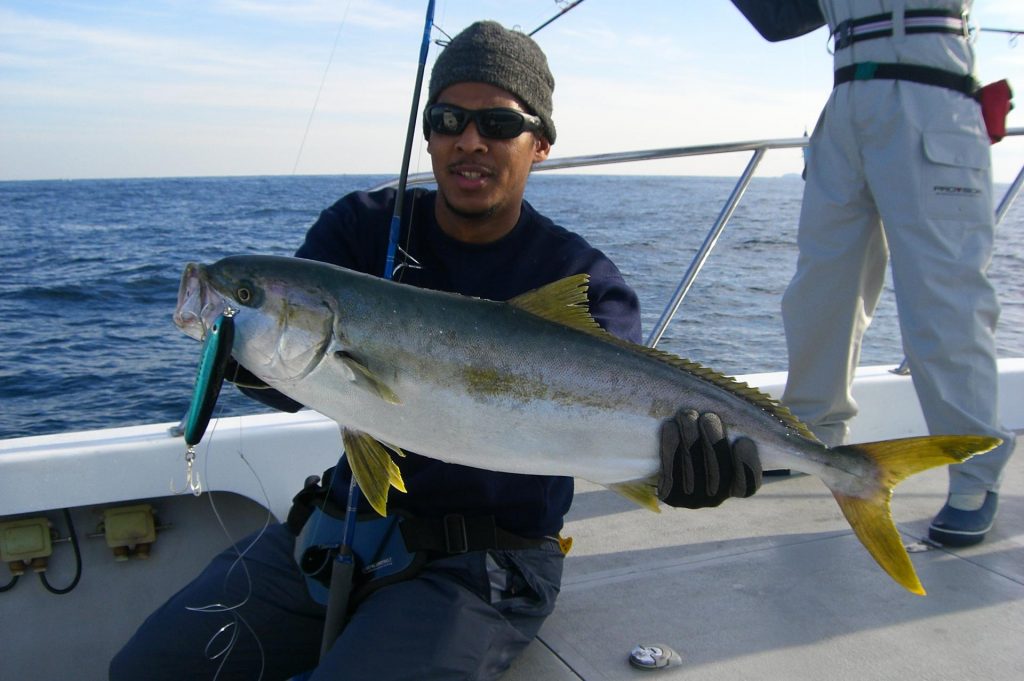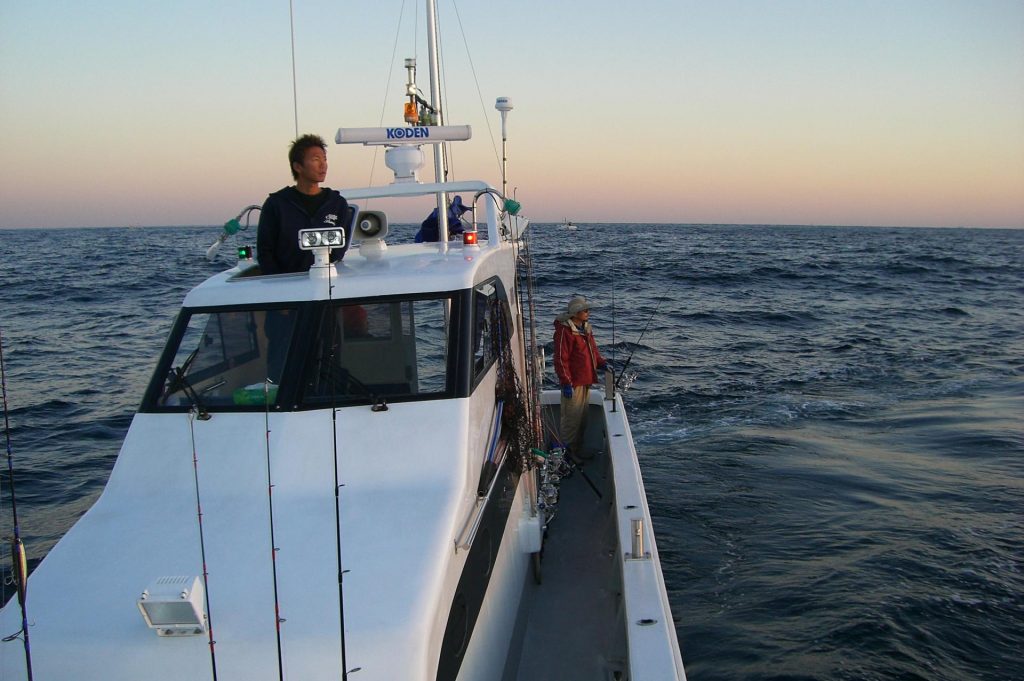“Who needs a career when all you wanna do is go fishing?” That’s what I ask myself whenever I think about how disinterested I am in most people’s idea of success. From time to time, I meet folks my age who’ve got the high flying ex-pat jobs complete with overpriced American-sized dwellings in Hiroo, toddlers in international schools, a Range Rover or some other status symbol identifying them as members of the “Gaishikei” elite. Kudos to them, but I’m not at all envious.

I’m jealous of my fishing buddy from Canada who calls Fukuoka home. Why? Anglers in Japan will tell you the place they want to be near is the Genkai Sea off Kyushu’s northern coast. The fish there are big and plentiful, and they bite well all year around.
My club members and I make trips to the strait between Tsushima and Iki Islands three to four times a year and bag more yellowtail and tuna in two or three days than we could if we fished every weekend for a year in the waters around Tokyo. That’s no exaggeration.
Recently, we’ve pursued our catch with pricey handmade top water plugs that are a pain to get hold of, but make for some of the most exciting action on the surface of the ocean.
I fished offshore a bit back home where lures were a quicker, less messy alternative to live lining when we came across schools of small tuna and Spanish mackerel busting at the surface. In those days, I could lob any old plug or jig in the general vicinity of the school and immediately hook up.

Upon arriving in Japan and being introduced to lures as primary offshore tackle, my confidence was quickly shot down, and I soon realized that, in these high pressure waters, I had to re-learn fishing as a finesse game.
Over a few trips, I got used to making snap judgments of the speed and direction of the current relative to the wind before casting to be sure my plug landed and swam where I wanted it. I also learned that just cranking away does not do the trick.
Depending on what I know, or guess on what my quarry is feeding, I have to select a lure that has a matching silhouette and twitch or jerk it, so it moves like a fleeing or disturbed bait fish. Good plugs dart erratically and easily flip the predatory switch of any game fish that notice it but, of course, a plug is only as good as the person reeling it in.

A Saga Prefecture-based captain once told me of a time four of his customers had lures in the water at the same time over a shallow reef, when suddenly a dozen or so yellowtail came up and gave chase. The fish initially pursued all of the lures but instantaneously broke off and converged on one plug being retrieved by a guy who had selected the best type, stayed cool and kept retrieving correctly until he had a fish on it.
Typically you never see the fish itself so much as the wake it makes in the direction of your lure when you get a strike. The faster the streak of water, the tighter you know to hold on to your gear and be ready to fight. If a fish strikes with enough force, it might come clean out of the water with the plug in its mouth.
To me, top water plugging is the perfect balance of challenge, suspense and visual excitement.

One item on my “fishing bucket list” is catching a blue fin tuna weighing more than 100 kilograms in the Tsushima Strait. The odds of hooking and boating one that size are long, but it does happen a few times a year in the Genkai, so I’m going to keep at it. Wish me luck.





